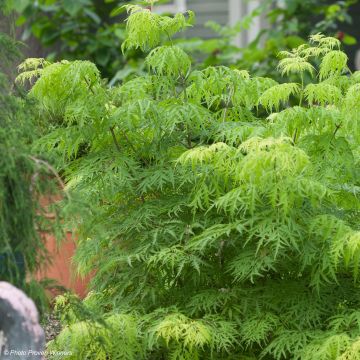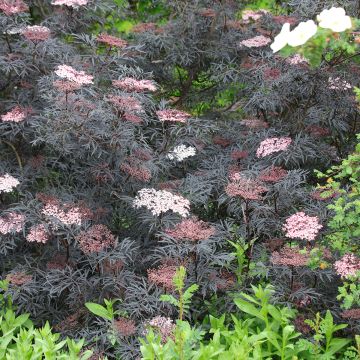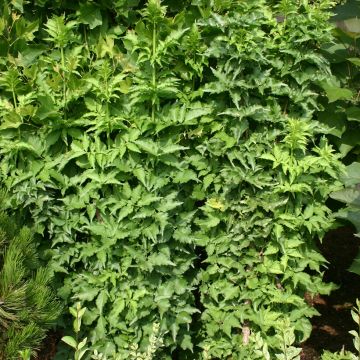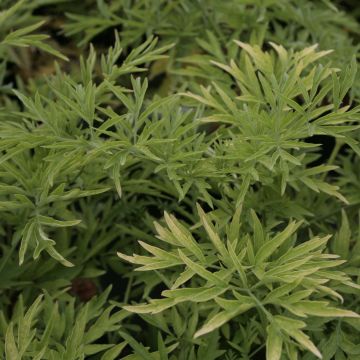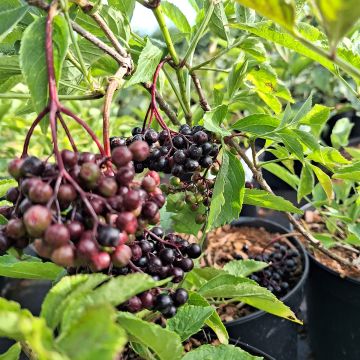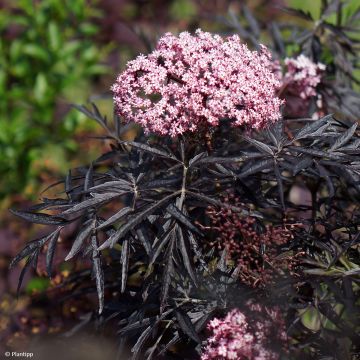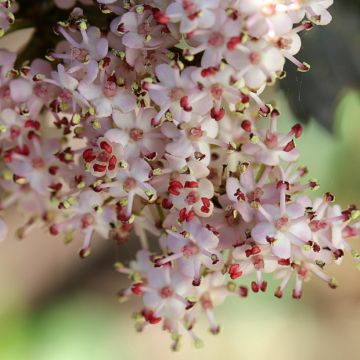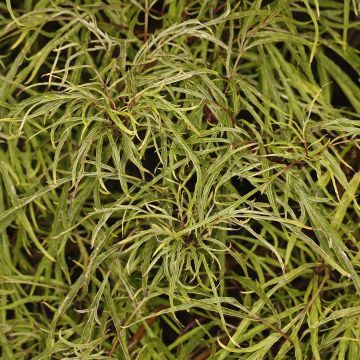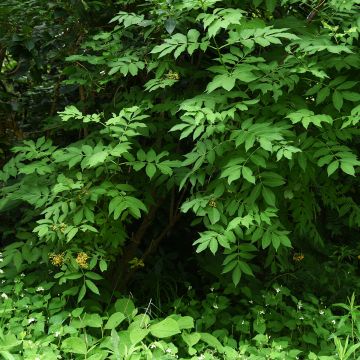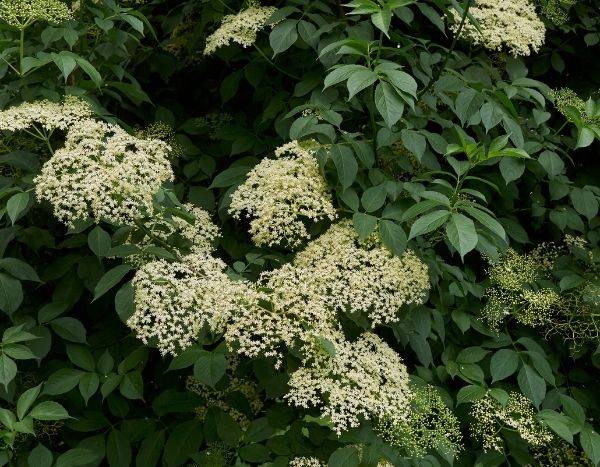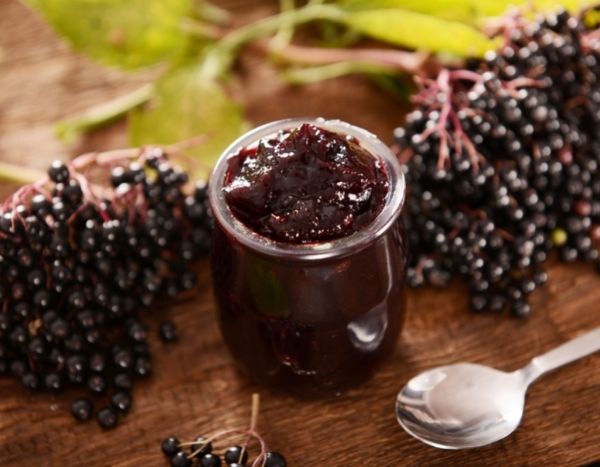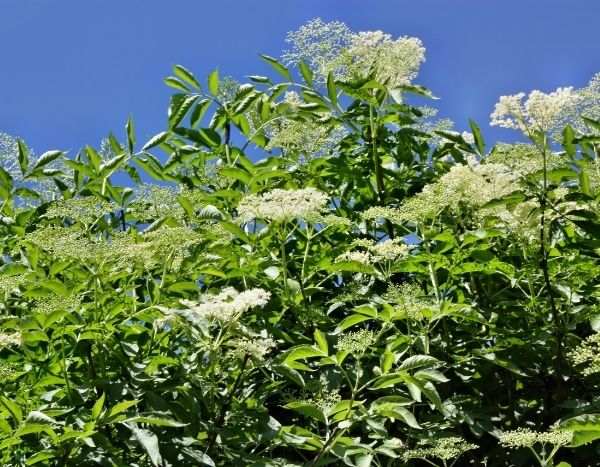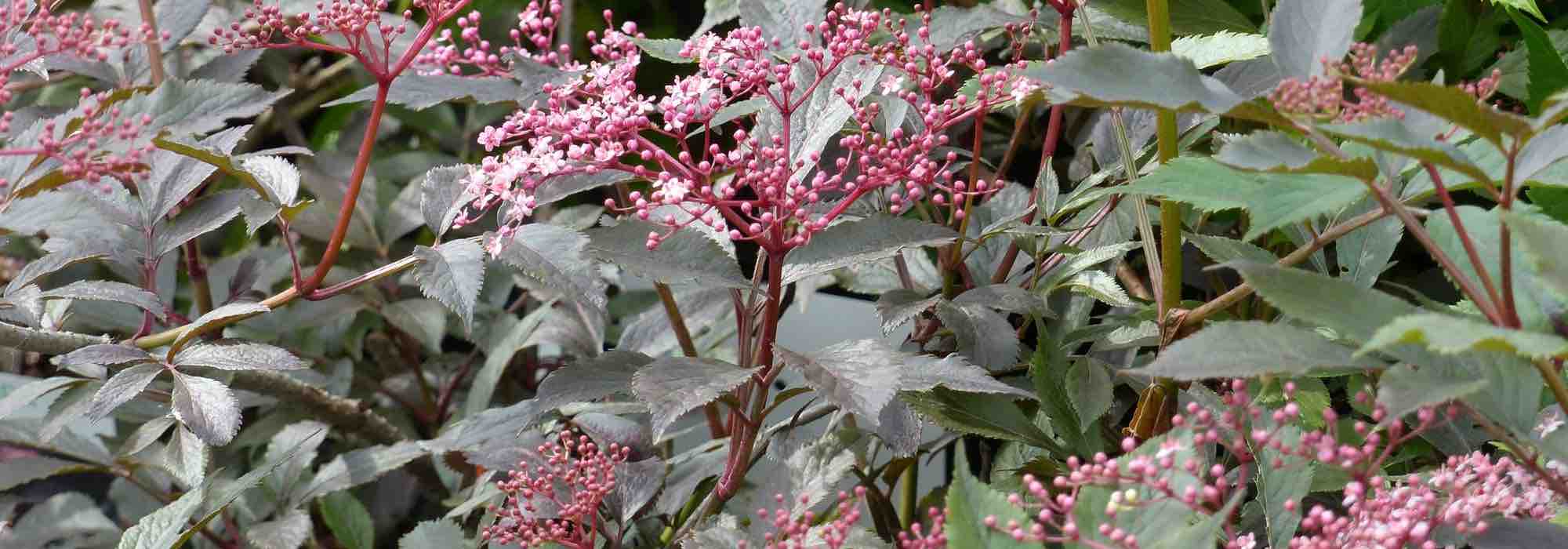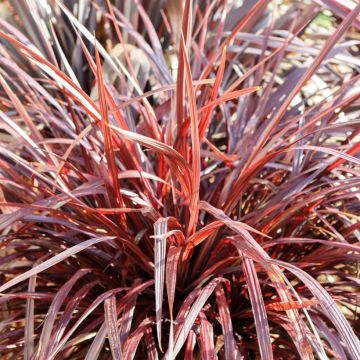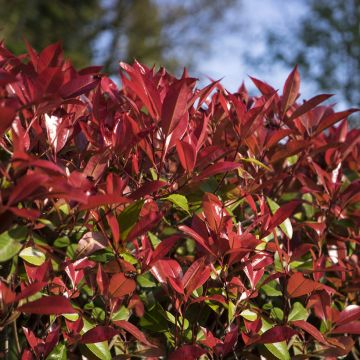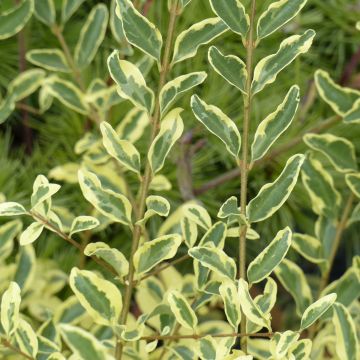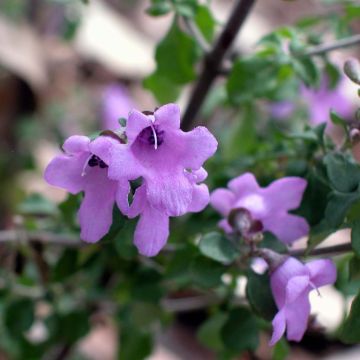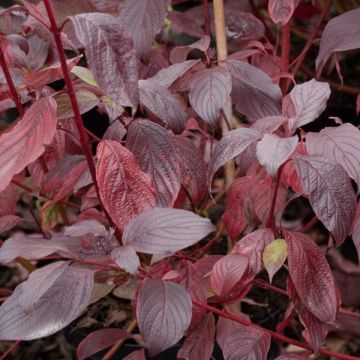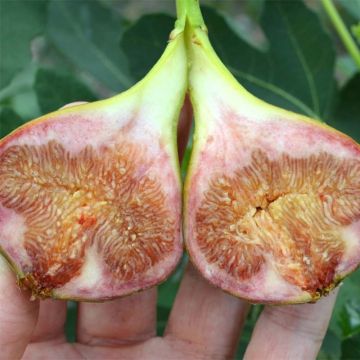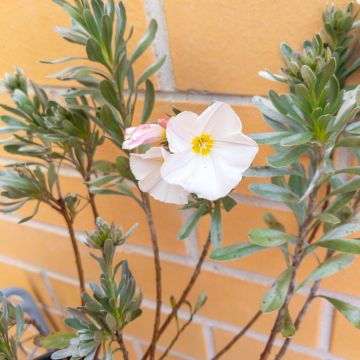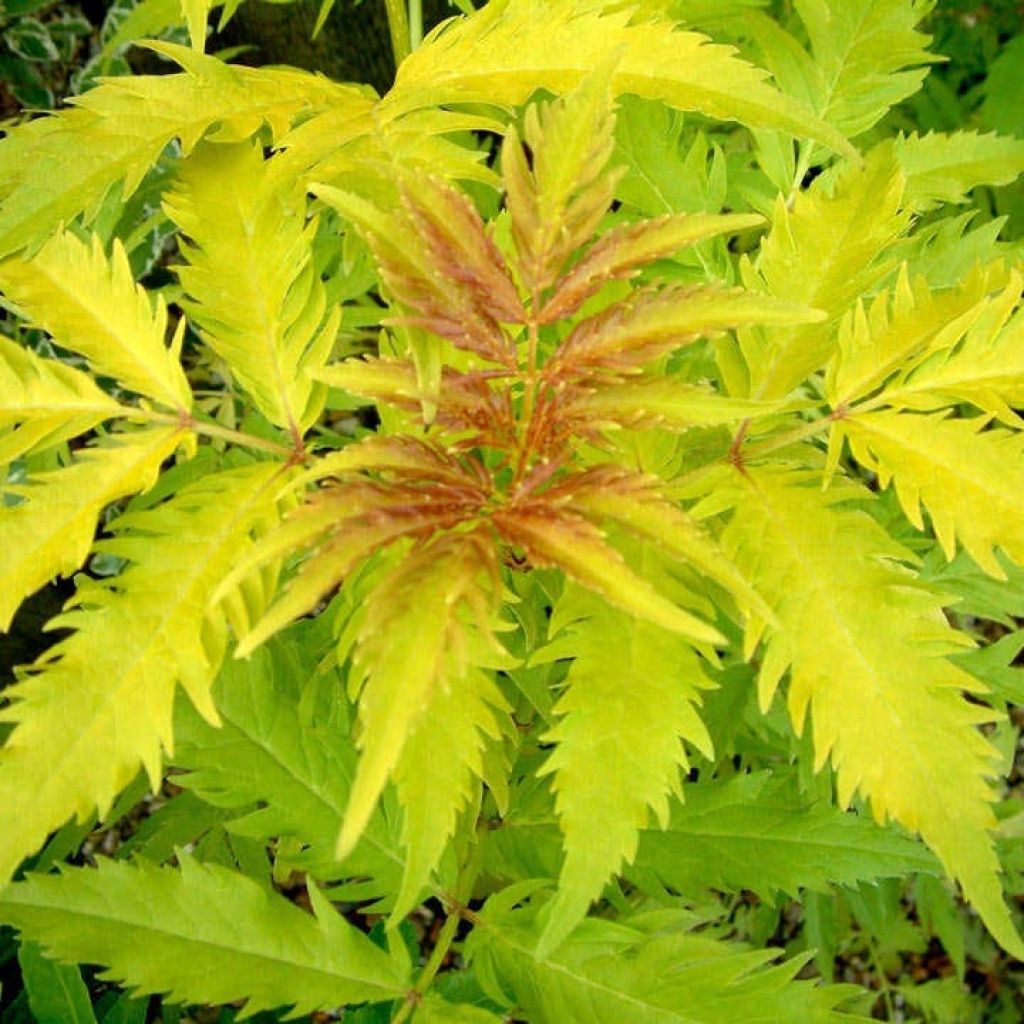

Sambucus racemosa Plumosa Aurea - European Red Elder
Sambucus racemosa Plumosa Aurea - European Red Elder
Sambucus racemosa Plumosa Aurea
European Red Elder, Red Elderberry, Red-berried Elder
Christine, what was the outcome of your complaint? Thank you. I'm hesitant to place an order.
Nicolas , 25/11/2023
Special offer!
Receive a €20 voucher for any order over €90 (excluding delivery costs, credit notes, and plastic-free options)!
1- Add your favorite plants to your cart.
2- Once you have reached €90, confirm your order (you can even choose the delivery date!).
3- As soon as your order is shipped, you will receive an email containing your voucher code, valid for 3 months (90 days).
Your voucher is unique and can only be used once, for any order with a minimum value of €20, excluding delivery costs.
Can be combined with other current offers, non-divisible and non-refundable.
Home or relay delivery (depending on size and destination)
Schedule delivery date,
and select date in basket
This plant carries a 24 months recovery warranty
More information
We guarantee the quality of our plants for a full growing cycle, and will replace at our expense any plant that fails to recover under normal climatic and planting conditions.
Would this plant suit my garden?
Set up your Plantfit profile →
Description
The Sambucus racemosa Plumosa Aurea is a truly different variety of elderberry cluster which evokes more by its appearance an intermediate creature between the Japanese maple and the arborescent fern than its rough ancestor from our coldest regions. It is adorned with a remarkable golden and feathery foliage, which gives it an extraordinary grace and natural elegance. The yellow of its large leaves harmonises with its white and fragrant flowering in spring and brings out its red fruiting at the end of the season. In the garden this superb bush proves easy to grow in ordinary soil, in partial shade to protect it from the glare of the sun.
A very hardy wild species widespread in Europe, North Africa and as far as Asia Minor, the Sambucus racemosa or mountain elder is a deciduous bush of the caprifoliaceae family, recently moved to the adoxaceae family. Its foliage develops in spring and falls in autumn.
The 'Plumosa Aurea' variety it originates from distinguishes itself by a very original, remarkably architectured and coloured foliage. The fast-growing bush shows a bushy habit, trailing branches, and forms a feathery mass, very airy, 2.50 m (8 ft 2 in) high and about 1.75 m (5 ft 8 in) wide. This somewhat undefined habit, and the flexible branches covered with extraordinary yellow and feathery foliage make all the charm of this bush. The leaves, opposite on the stems, with finely incised leaflets, with dentate edges, are red-orange at budding, become pale yellow and remain so until early summer, then turn to yellow-green in summer, before turning to dark yellow in autumn before falling. Melliferous, its spring flowering in conical panicles of star-shaped creamy white flowers appears at the end of the stems in April, depending on the climate. It is followed by the formation of clusters loaded with very decorative round and bright red berries which are a delight for birds.
The Elder 'Plumosa Aurea' is a treasure for romantic, exotic, or Japanese style gardens. Undemanding of the soil, provided it is well drained but remains fresh, this variety clearly prefers partial shade where it creates a sensation. Install it in a bush bed, preferably in the foreground, or near an entrance, a window, or at the bend of a path. It can be associated for example with bushes with dark foliage (Physocarpus, Prunus, Berberis, Sambucus nigra Black Lace, Japanese maple Garnet), botany roses or even to a snowball viburnum. It will also match well with the colours of autumn, in front of a screen of deciduous spindle trees, Cotinus, Hydrangea quercifolia, Parrotia persica...
In the garden:
Elder leaves are known to accelerate the decomposition of compost. Elderberry leaf manure proves useful in organic gardening to fight against mildew and aphid attacks, or rodents: macerate 1 kg of leaves for a few days, in 10 L of water, and spray wisely. It can also be planted in an orchard, where it attracts insect predator birds.
Sambucus racemosa Plumosa Aurea - European Red Elder in pictures
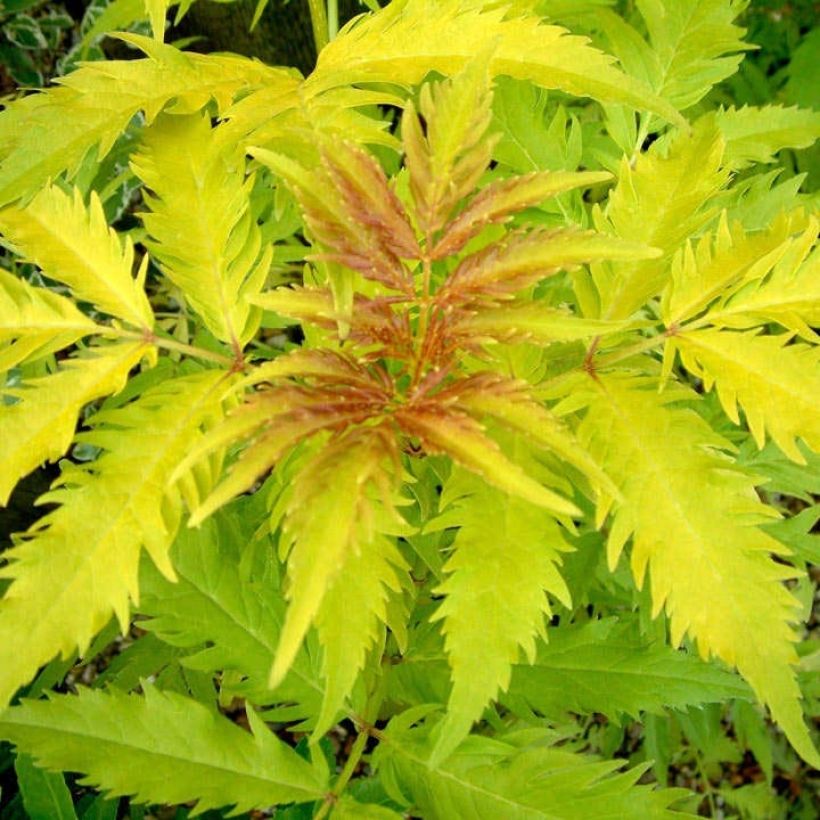

Plant habit
Flowering
Foliage
Botanical data
Sambucus
racemosa
Plumosa Aurea
Caprifoliaceae
European Red Elder, Red Elderberry, Red-berried Elder
Cultivar or hybrid
Other Sambucus - Elder tree
View all →Planting and care
The Sambucus racemosa 'Plumosa Aurea' is planted in the spring or in the autumn, imperatively in partial shade, in a morning sun exposure, or in dappled shade. If it grows in too dense shade, its foliage remains green and if it grows too much in the sun, the leaves dry out and brown. Also avoid places exposed to wind that damage its leaves. Place it in ordinary soil, even slightly calcareous, but well-drained and rich in humus or leaf compost. It requires little maintenance, but will appreciate mulching at its base in summer to keep the soil cool. In April-May, before flowering, prune the dead or diseased wood and the branches that compromise the symmetry of the bush to keep only the vigorous branches. You can also prune it short at the end of winter, the Sambucus tolerates severe pruning but maintain a minimum of old shoots as flowering will occur on the unpruned shoots.
Planting period
Intended location
Care
Planting & care advice
-
, onOrder confirmed
Reply from on Promesse de fleurs
Similar products
Haven't found what you were looking for?
Hardiness is the lowest winter temperature a plant can endure without suffering serious damage or even dying. However, hardiness is affected by location (a sheltered area, such as a patio), protection (winter cover) and soil type (hardiness is improved by well-drained soil).

Photo Sharing Terms & Conditions
In order to encourage gardeners to interact and share their experiences, Promesse de fleurs offers various media enabling content to be uploaded onto its Site - in particular via the ‘Photo sharing’ module.
The User agrees to refrain from:
- Posting any content that is illegal, prejudicial, insulting, racist, inciteful to hatred, revisionist, contrary to public decency, that infringes on privacy or on the privacy rights of third parties, in particular the publicity rights of persons and goods, intellectual property rights, or the right to privacy.
- Submitting content on behalf of a third party;
- Impersonate the identity of a third party and/or publish any personal information about a third party;
In general, the User undertakes to refrain from any unethical behaviour.
All Content (in particular text, comments, files, images, photos, videos, creative works, etc.), which may be subject to property or intellectual property rights, image or other private rights, shall remain the property of the User, subject to the limited rights granted by the terms of the licence granted by Promesse de fleurs as stated below. Users are at liberty to publish or not to publish such Content on the Site, notably via the ‘Photo Sharing’ facility, and accept that this Content shall be made public and freely accessible, notably on the Internet.
Users further acknowledge, undertake to have ,and guarantee that they hold all necessary rights and permissions to publish such material on the Site, in particular with regard to the legislation in force pertaining to any privacy, property, intellectual property, image, or contractual rights, or rights of any other nature. By publishing such Content on the Site, Users acknowledge accepting full liability as publishers of the Content within the meaning of the law, and grant Promesse de fleurs, free of charge, an inclusive, worldwide licence for the said Content for the entire duration of its publication, including all reproduction, representation, up/downloading, displaying, performing, transmission, and storage rights.
Users also grant permission for their name to be linked to the Content and accept that this link may not always be made available.
By engaging in posting material, Users consent to their Content becoming automatically accessible on the Internet, in particular on other sites and/or blogs and/or web pages of the Promesse de fleurs site, including in particular social pages and the Promesse de fleurs catalogue.
Users may secure the removal of entrusted content free of charge by issuing a simple request via our contact form.
The flowering period indicated on our website applies to countries and regions located in USDA zone 8 (France, the United Kingdom, Ireland, the Netherlands, etc.)
It will vary according to where you live:
- In zones 9 to 10 (Italy, Spain, Greece, etc.), flowering will occur about 2 to 4 weeks earlier.
- In zones 6 to 7 (Germany, Poland, Slovenia, and lower mountainous regions), flowering will be delayed by 2 to 3 weeks.
- In zone 5 (Central Europe, Scandinavia), blooming will be delayed by 3 to 5 weeks.
In temperate climates, pruning of spring-flowering shrubs (forsythia, spireas, etc.) should be done just after flowering.
Pruning of summer-flowering shrubs (Indian Lilac, Perovskia, etc.) can be done in winter or spring.
In cold regions as well as with frost-sensitive plants, avoid pruning too early when severe frosts may still occur.
The planting period indicated on our website applies to countries and regions located in USDA zone 8 (France, United Kingdom, Ireland, Netherlands).
It will vary according to where you live:
- In Mediterranean zones (Marseille, Madrid, Milan, etc.), autumn and winter are the best planting periods.
- In continental zones (Strasbourg, Munich, Vienna, etc.), delay planting by 2 to 3 weeks in spring and bring it forward by 2 to 4 weeks in autumn.
- In mountainous regions (the Alps, Pyrenees, Carpathians, etc.), it is best to plant in late spring (May-June) or late summer (August-September).
The harvesting period indicated on our website applies to countries and regions in USDA zone 8 (France, England, Ireland, the Netherlands).
In colder areas (Scandinavia, Poland, Austria...) fruit and vegetable harvests are likely to be delayed by 3-4 weeks.
In warmer areas (Italy, Spain, Greece, etc.), harvesting will probably take place earlier, depending on weather conditions.
The sowing periods indicated on our website apply to countries and regions within USDA Zone 8 (France, UK, Ireland, Netherlands).
In colder areas (Scandinavia, Poland, Austria...), delay any outdoor sowing by 3-4 weeks, or sow under glass.
In warmer climes (Italy, Spain, Greece, etc.), bring outdoor sowing forward by a few weeks.































